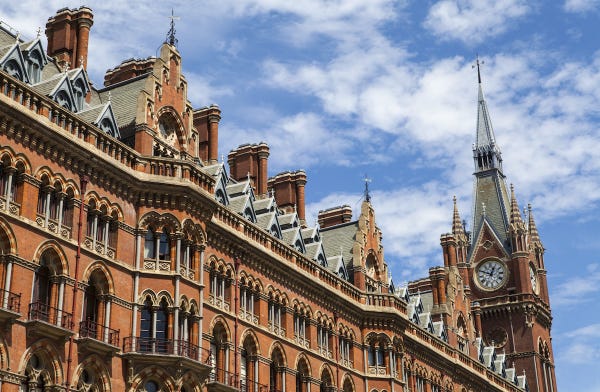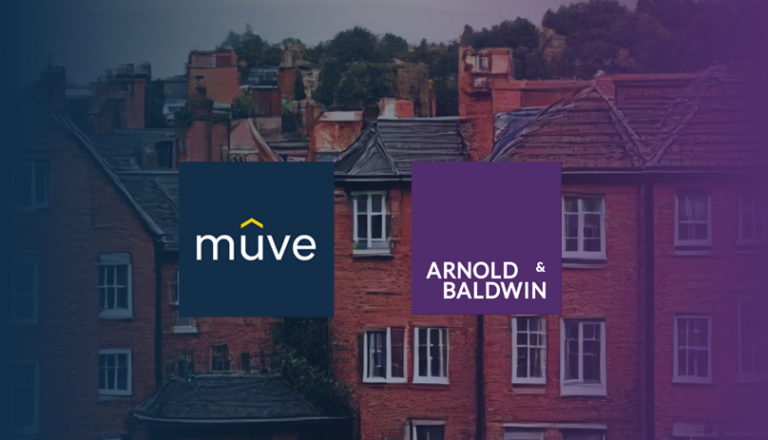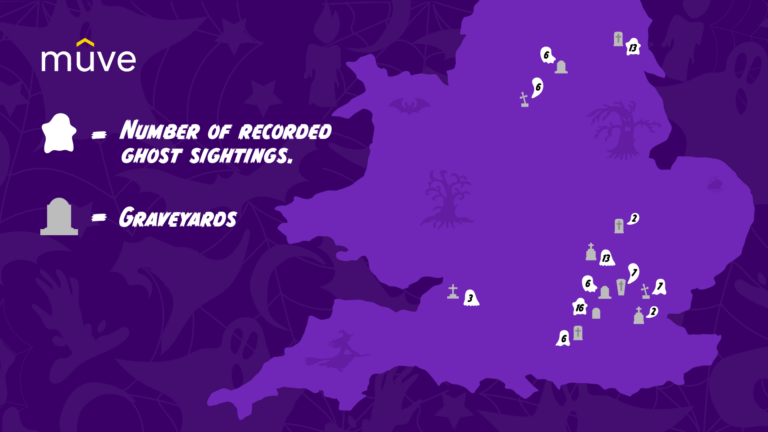Stamp duty is a tax that you have to pay when buying a residential property. The amount you pay is based on the property’s value, with special rates for first-time buyers and additional property owners.
In July last year, the government put a stamp duty ‘holiday’ in place, which meant the tax was cancelled on property purchases for main homes up to half a million pounds. Following the Budget, this March, the nil rate band will continue to be £500,000 for the period 8th July 2020 to 30th June.
From 1st July until 30th September 2021, the nil rate band will be £250,000. However, the nil rate band will return to the standard amount of £125,000 from 1st October 2021.
Here’s a closer look at what this means for homebuyers, the chances of the holiday being further extended, what might happen to the market when it comes to an end, and what you can do to maximise the chances of completing your transaction if you are still not quite there by the time the deadline comes around.
How much is stamp duty without the holiday?
Stamp Duty Land Tax (usually just referred to as ‘stamp duty’) is a tax you pay on the sale or transfer of property in England and Northern Ireland (different rules are in place in Wales and Scotland). It applies to freehold and leasehold properties, including shared ownership schemes.
In normal times (i.e. when the holiday isn’t in place), the threshold for stamp duty on residential properties is £125,000. This means that if it’s your main residence, you don’t pay any stamp duty on a property costing less than this amount.
For properties above the threshold, you pay stamp duty as a percentage of the property price (or property value if it’s a transfer). The normal rates for residential properties are as follows:
- Between £125,001 and £250,000 – 2%
- Between £250,001 and £925,000 – 5%
- Between £925,001 and £1.5 million – 10%
- Over £1.5 million – 12%
For example, let’s say you are buying a home for £350,000. There’s no stamp duty on the first £125,000. So, you pay two per cent on the next £125k (up to £250k) and five per cent on the remainder. In this instance, your stamp duty bill would be £7,500.
A special discount applies to first time buyers. Both you and anyone you are buying with have to be first time buyers to qualify. As long as the purchase price is £500,000 or less, you’ll pay nothing on the first £300,000 and 5 per cent on the rest up to £500,000. If the purchase price is more than £500,000, the normal rates of stamp duty apply.
What is the stamp duty holiday?
Covid-19 meant that many potential buyers had taken a financial hit. By last summer, house prices had been falling for four months in a row. To boost the market in response to this, Chancellor Rishi Sunak announced a Stamp Duty holiday.
The current holiday cuts the rate of stamp duty to zero per cent for all properties £500,000 or under. For properties worth more than this, you pay 5% on the next £425,000 (up to £925k). The 10 and 12 per cent bands above this remain in place. This nil rate will change to become £250,000 from 1st July 2021.
Taking the example above, for a property worth £350k, there would be no stamp duty to pay at all, and to purchase a property priced at £500k, the stamp duty saving is £15,000.
How long is the stamp duty holiday?
The holiday came into place on 8th July 2020. As things stand at the moment, it will taper to £250,000 on July 1st and then end on 1st October 2021.
Will the UK stamp duty holiday be extended?
At this stage, we simply don’t know for sure. On the one hand, the UK property market has weathered the Covid storm pretty well. Activity in the market is buoyant, fuelled by hundreds of thousands of buyers seeking to take advantage of the tax break, and the feared collapse in prices just hasn’t happened. So the Chancellor might take the view that it’s a case of ‘job done’ and that it’s time to get back to normal on the taxation front.
The problem, however, is that lots of buyers may be caught in a rush trying to get their mortgage applications processed and transactions finalised before the end of June and then before the final deadline of October 1st. This is especially true in hotspots such as London and the South-East; the suggestion is that the rush to complete is artificially driving up prices (not what the government wants).
What happens if homebuyers cannot complete before the deadlines?
Under the current deadline, if your property purchase completes on 1st July 2021 or later, you won’t have as much of a favourable rate as before and if you do not complete by the October 1st deadline, the holiday won’t apply and you’ll have to pay stamp duty in line with the normal, pre-Covid rates.
Will house prices drop after the stamp duty holiday?
House price growth hit a six-year high in December 2020 as many buyers rushed to get their transactions through in time for the holiday deadline. According to the reallymoving House Price Forecast, there has already been a slight drop off since then. There may likely be further drop-offs as the two deadlines set out by the Chancellor approach in July and October.
For buyers, this could eventually mean losing a temporary tax break on the one hand, but gaining on the ability to secure a slightly lower price on the other.
Tips on buying a home before the deadline
Purchases that depend on linked transactions tend to take longer than chain-free transactions. So if you want the quickest possible completion time, look for properties with no linked chain, where the seller is ready and able to move swiftly.
Also, get in contact with your mortgage lender as soon as you’ve got a property in mind. That way, you can get your mortgage ‘approval in principle’ in place at the earliest possible stage, so the final approval can be agreed quicker once the transaction is underway.
Your choice of conveyancing solicitor can make a big difference, too. For instance, here at Muve, all of our clients get a dedicated account manager, virtually all elements of the process are done digitally (so no unnecessary delays in waiting for paperwork), and you can log into your portal at any time for an instant update. We find that this approach is ideal for keeping things moving as quickly as possible.
Muve is also able to act for both the buyer and seller, which eliminates any delay caused by the other side’s conveyancer.
Does the stamp duty holiday apply to a second home?
In normal times, the tax-free threshold for second homes is £40,000. For properties above this, the rates are as follows:
- Between £40,001 and £125,000 – 3%
- Between £125,001 and £250,000 – 5%
- Between £250,001 and £925,000 – 8%
- Between 925,001 and £1.5 million – 13%
- Over £1.5 million – 15%
Under the stamp duty holiday, if you’re buying a second home, you pay three per cent on the first £500,000 of the purchase price, then eight per cent from £500,001 to £925,000. The upper rates remain the same. So when the holiday comes to an end, tax payable will revert to the normal rates.
To discover more about the conveyancing process, including information about how conveyancers work to make things move as quickly as possible, take a look at our information hub. You can meet our team here, or contact us for a quote.





